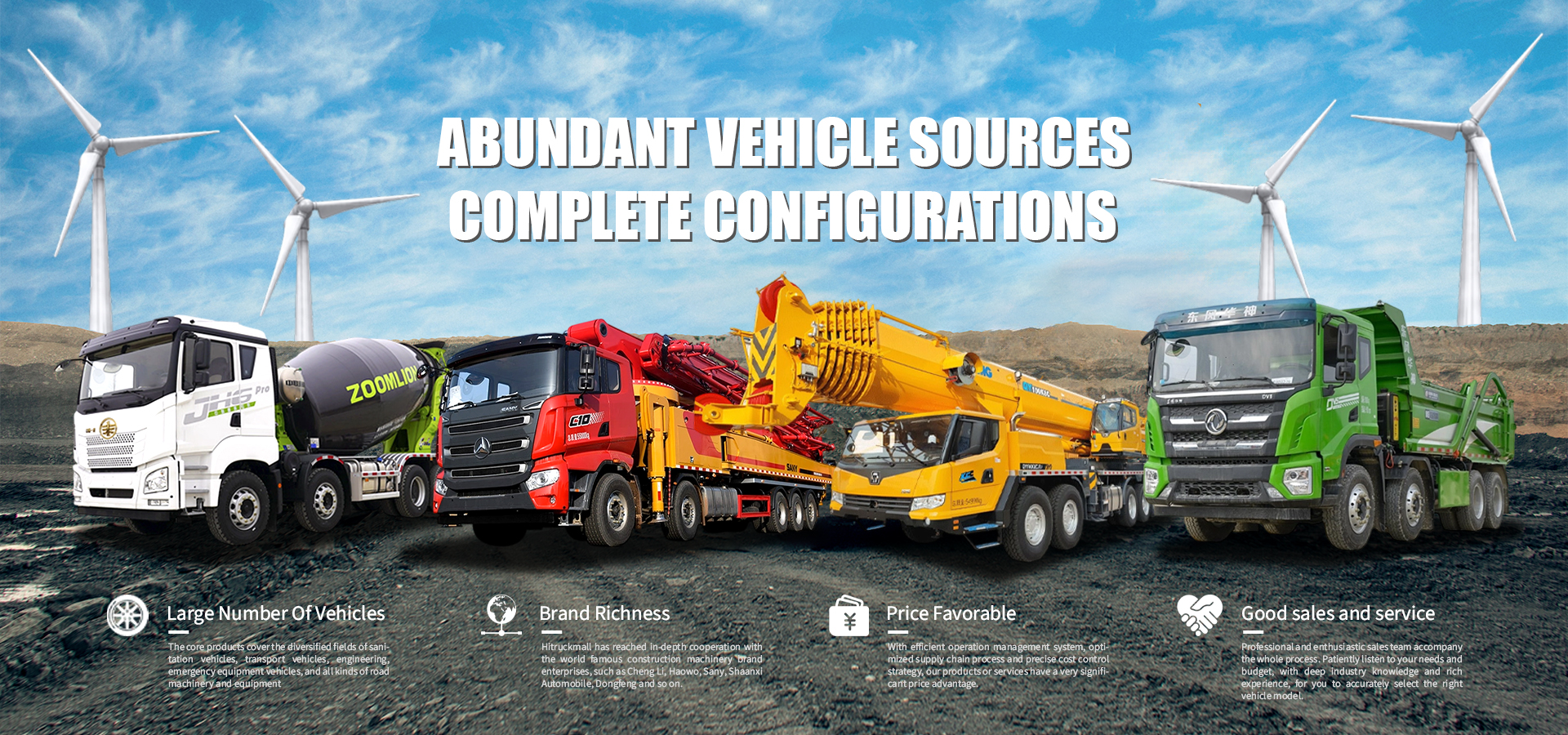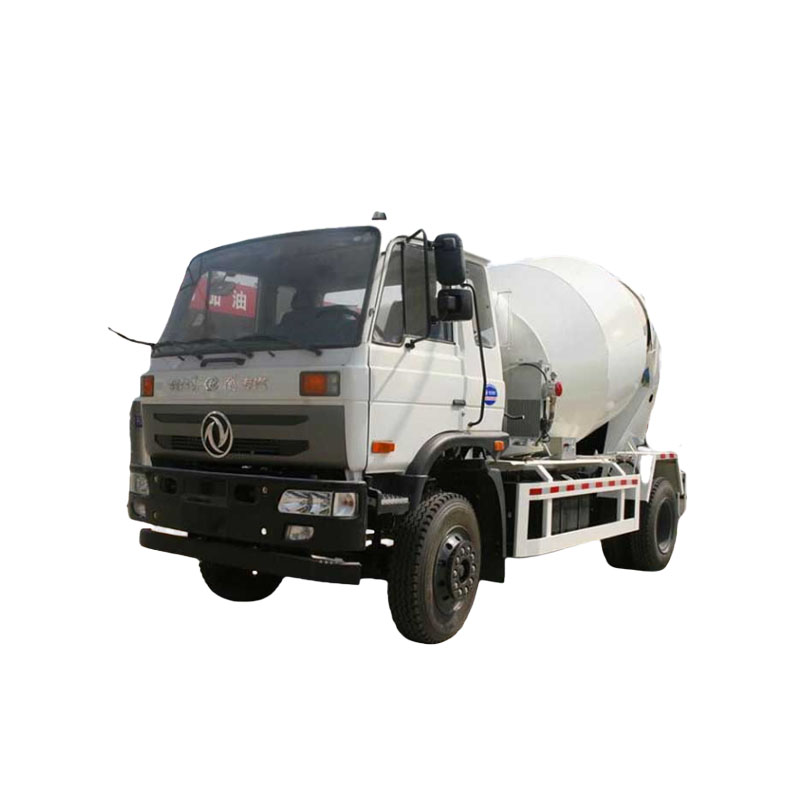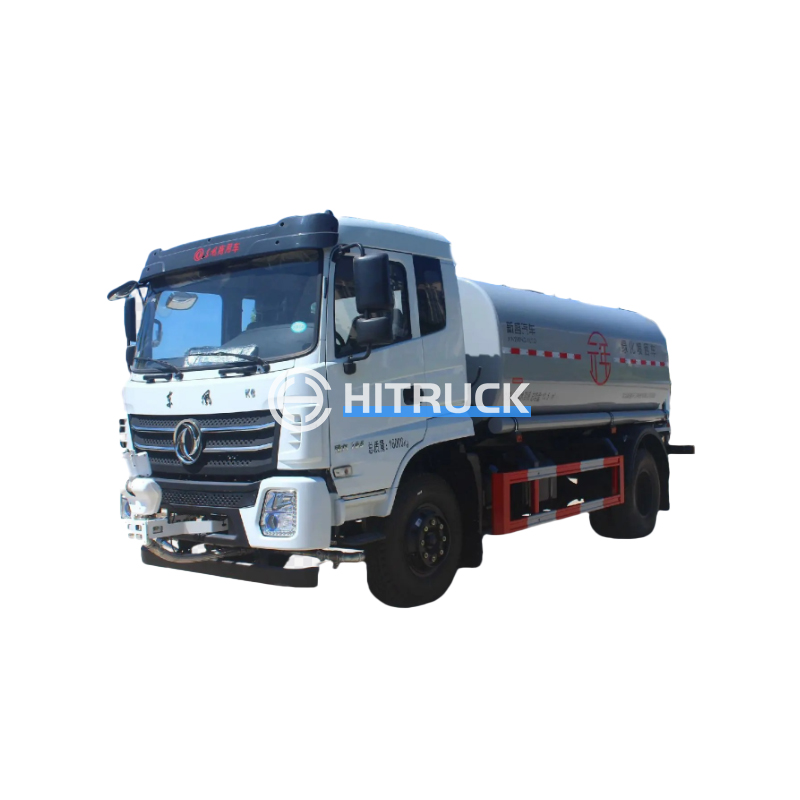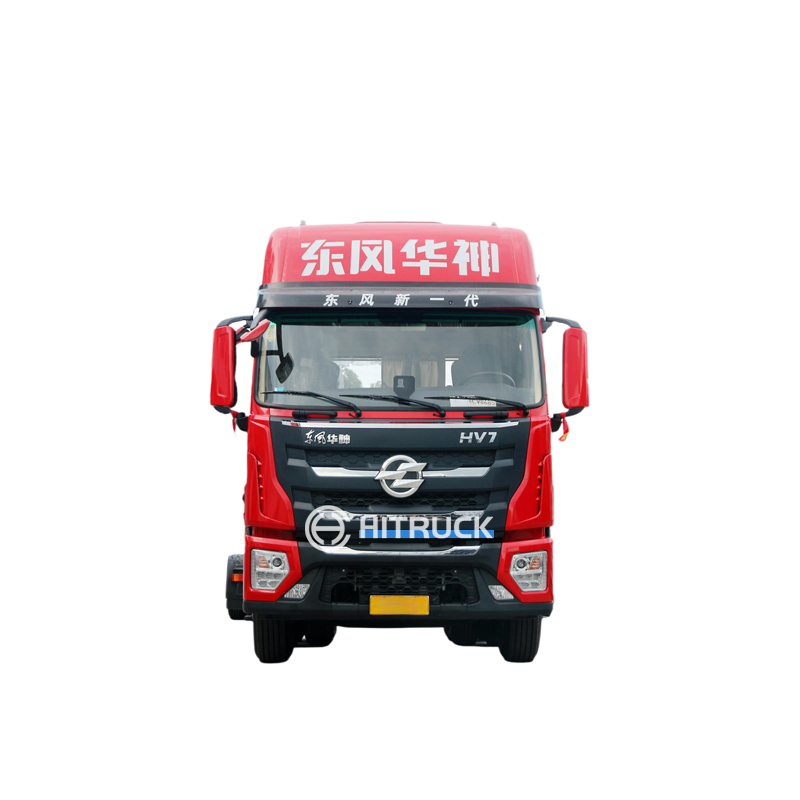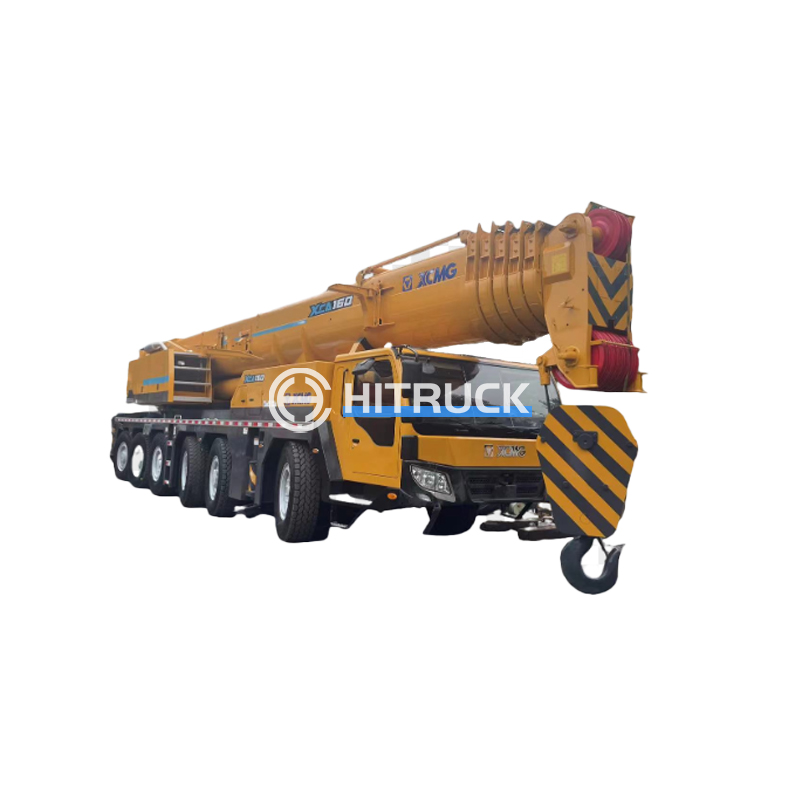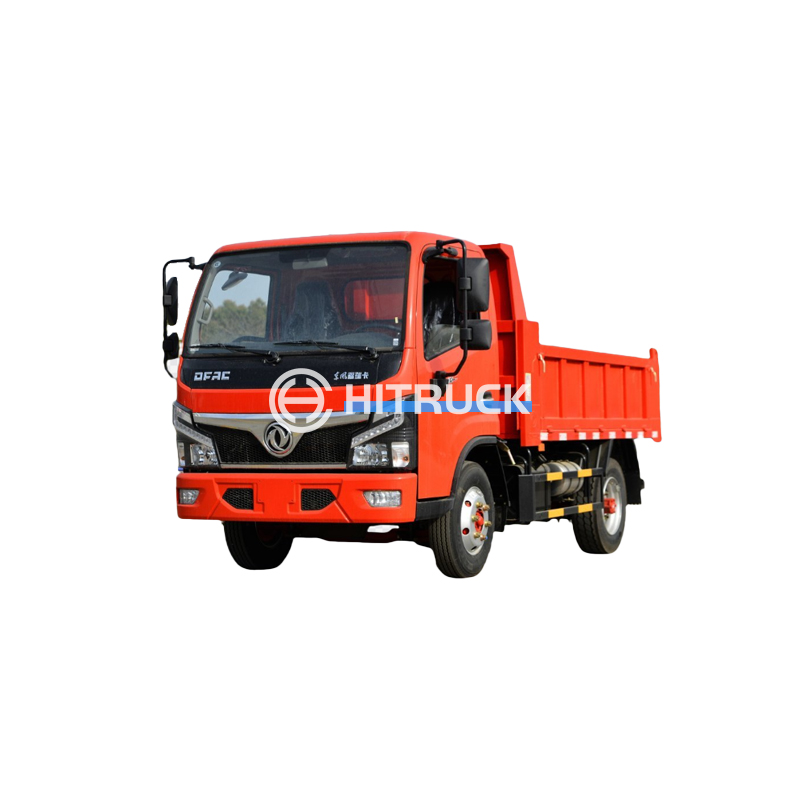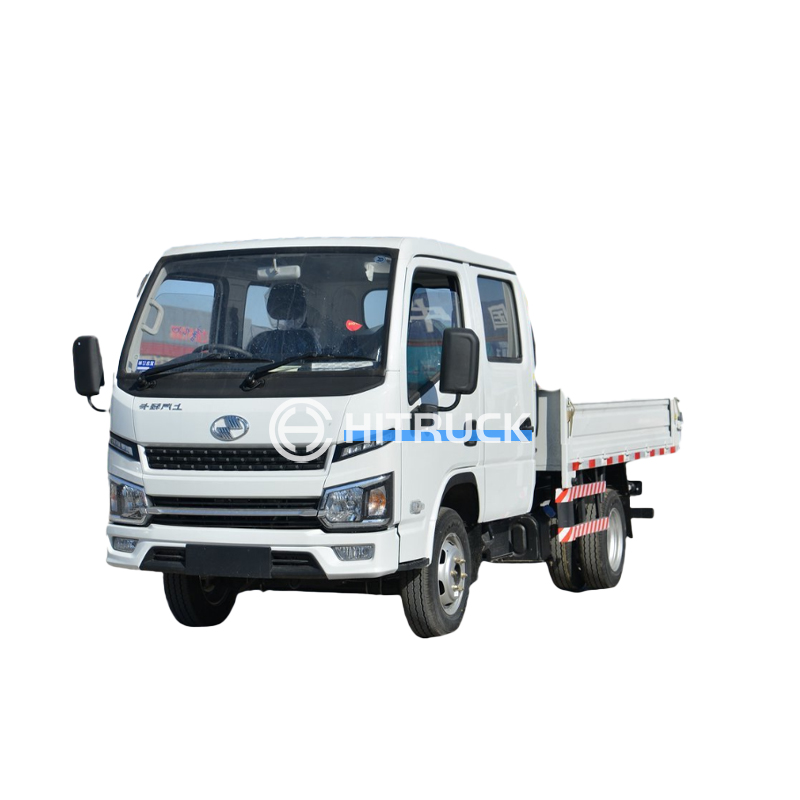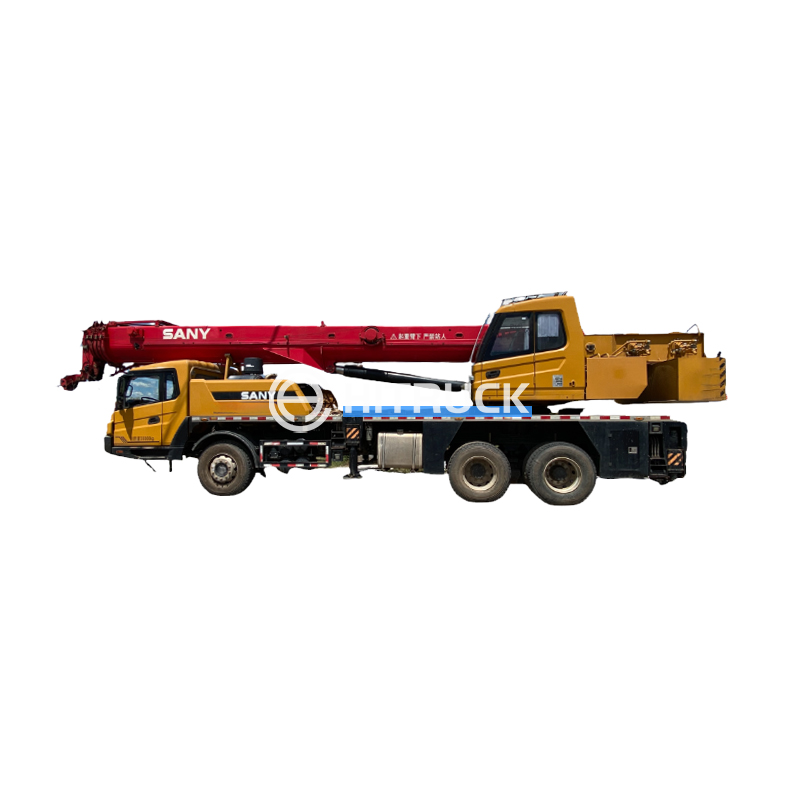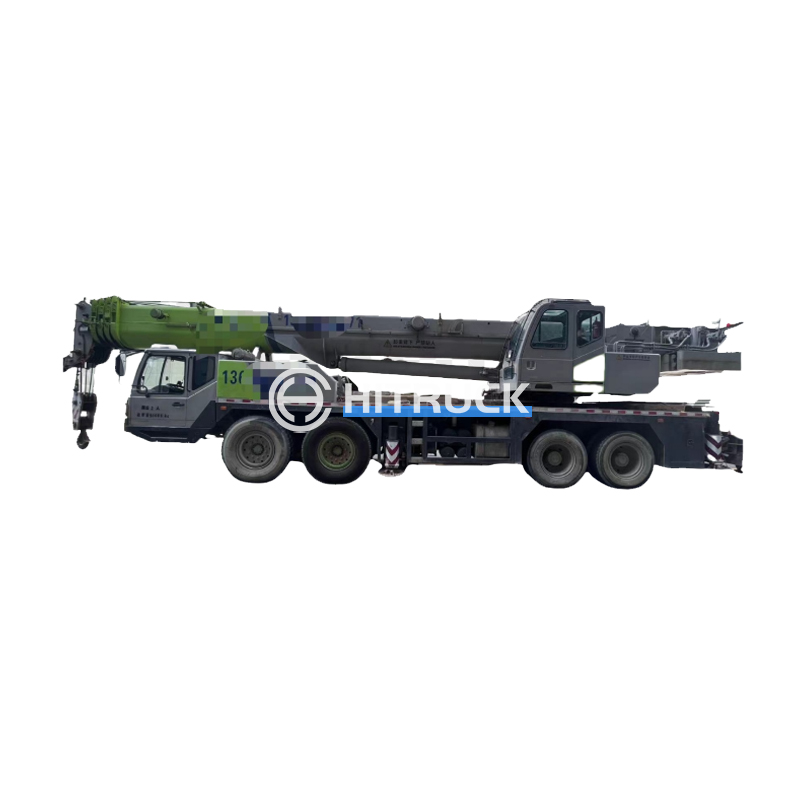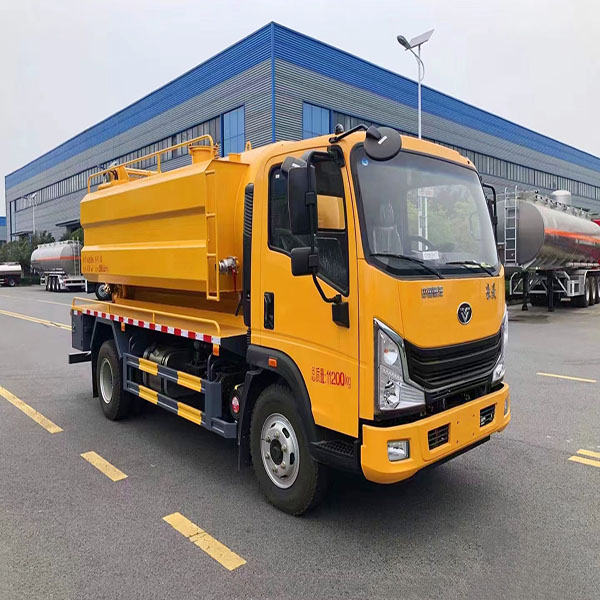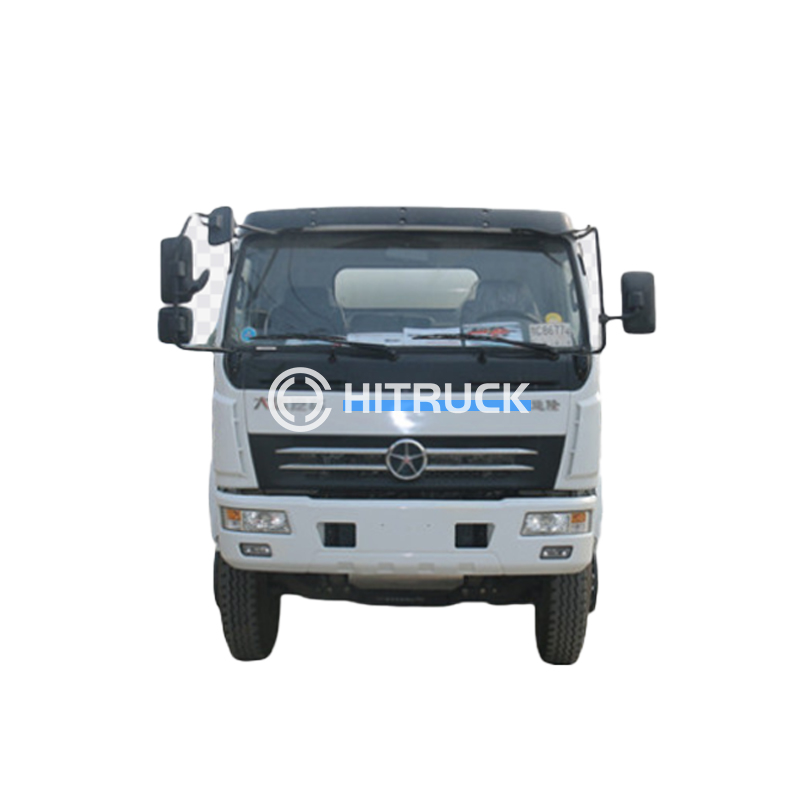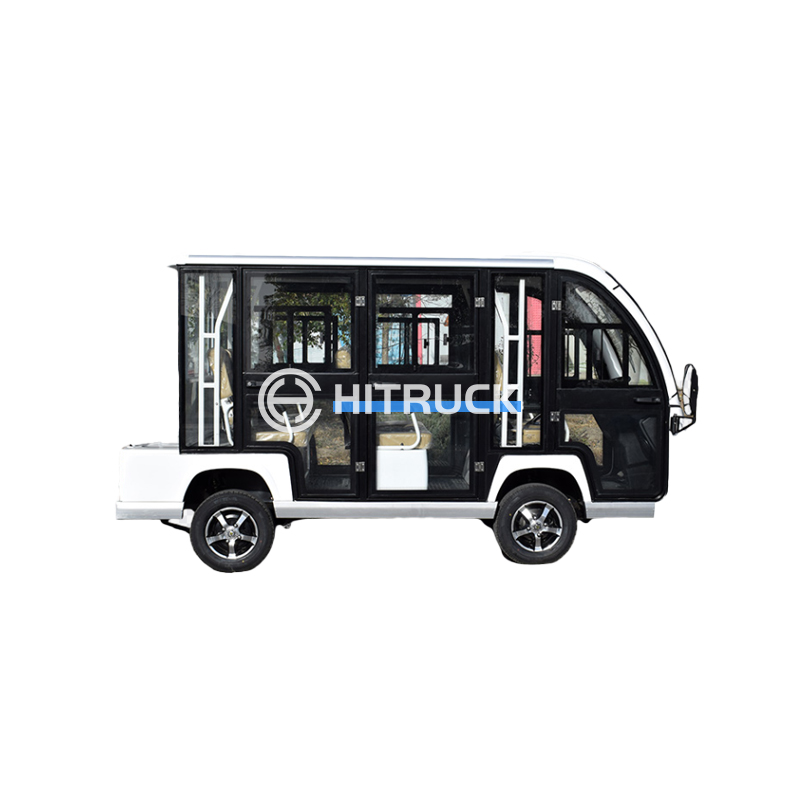Crawler Mounted Tower Cranes: A Comprehensive GuideThis article provides a detailed overview of crawler mounted tower cranes, covering their design, applications, advantages, disadvantages, and key considerations for selection and operation. We explore various models and specifications, offering insights for professionals involved in construction and heavy lifting.
Crawler mounted tower cranes are specialized lifting equipment used in various construction projects where maneuverability and stability on uneven terrain are crucial. This comprehensive guide delves into the intricacies of these powerful machines, examining their design, applications, advantages, and disadvantages. We'll also explore factors to consider when choosing and operating a crawler mounted tower crane, ensuring safe and efficient project execution.
Unlike their wheeled or stationary counterparts, crawler mounted tower cranes utilize a crawler track system for mobility. This design provides superior stability and traction on soft or uneven ground, making them ideal for challenging construction sites. The crawler tracks distribute weight evenly, minimizing ground pressure and reducing the risk of sinking or damage to the underlying surface. These cranes boast high lifting capacities and reach, allowing them to handle heavy loads and reach significant heights. They are frequently employed in situations where traditional tower cranes may struggle to access or operate effectively.
A crawler mounted tower crane typically consists of a crawler chassis, a tower structure, a jib (horizontal arm), a hoist mechanism, and a counterweight system. The crawler chassis provides mobility, while the tower offers height and stability. The jib extends horizontally to reach various points within the work area, and the hoist mechanism lifts and lowers the load. The counterweight system ensures the crane’s stability during operation. Each component plays a vital role in the overall functionality and performance of the machine. The specific components and their capacities will vary depending on the manufacturer and model of the crawler mounted tower crane.
The versatility of crawler mounted tower cranes makes them suitable for a wide range of applications. Their adaptability to challenging terrains makes them particularly valuable in the following areas:
Like any piece of equipment, crawler mounted tower cranes have both advantages and disadvantages:
| Advantages | Disadvantages |
|---|---|
| Excellent stability on uneven terrain | Relatively slower setup and relocation time compared to wheeled cranes |
| High lifting capacity and reach | Higher initial cost than some other types of cranes |
| Maneuverability in confined spaces | Requires skilled operators |
| Reduced ground pressure | Can be challenging to transport over long distances |
Selecting the appropriate crawler mounted tower crane requires careful consideration of several factors, including lifting capacity, reach, jib length, and the specific requirements of the project. It is crucial to consult with experienced professionals and assess the site conditions thoroughly before making a decision. Understanding the manufacturer's specifications and safety guidelines is also essential.
Operating a crawler mounted tower crane necessitates strict adherence to safety protocols. Regular inspections, proper training for operators, and the use of appropriate safety equipment are paramount to preventing accidents. Always follow manufacturer guidelines and relevant industry standards to ensure the safe and efficient operation of the crane.
For more information on heavy machinery sales and equipment, visit Suizhou Haicang Automobile sales Co., LTD. They offer a wide selection of high-quality construction equipment.
